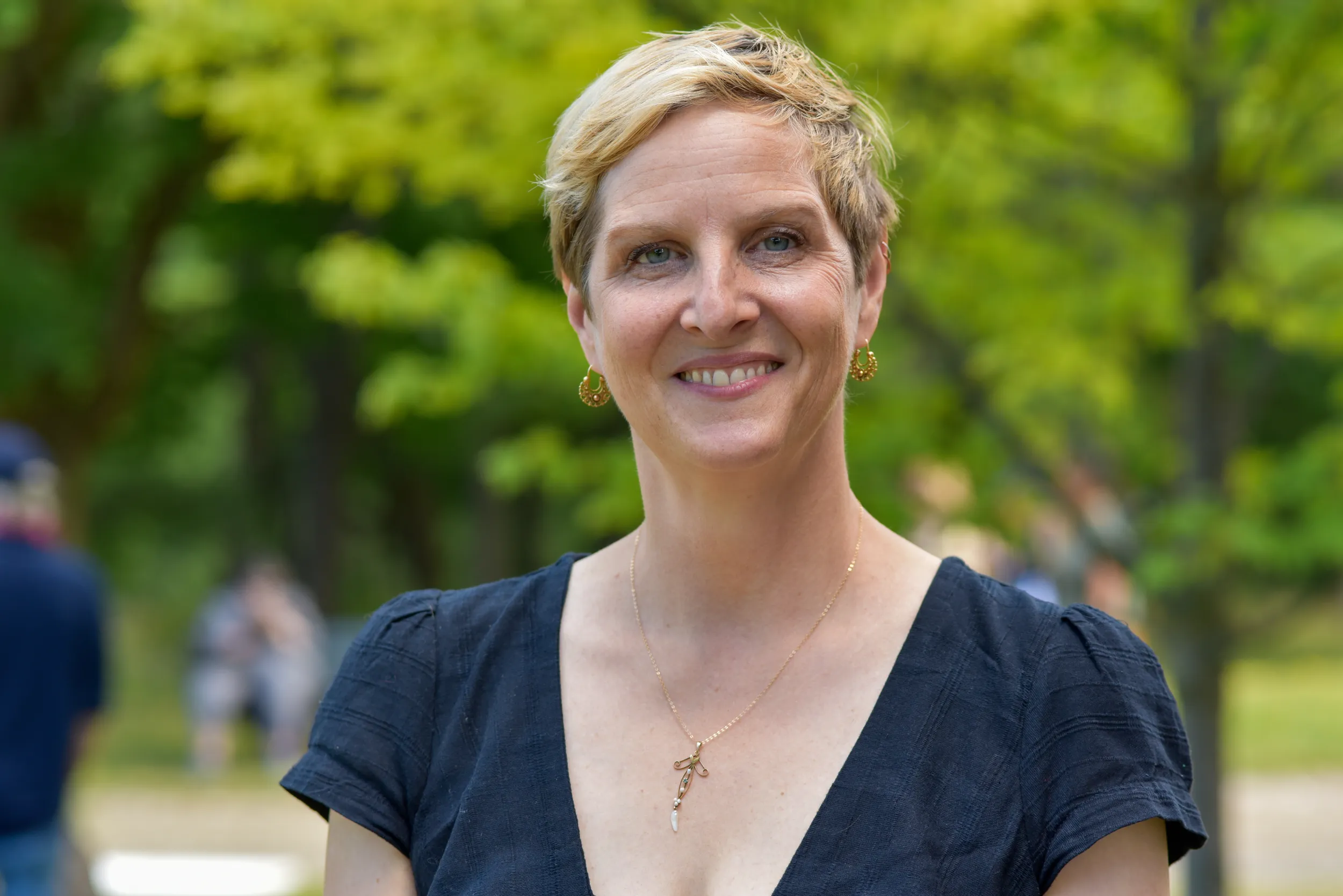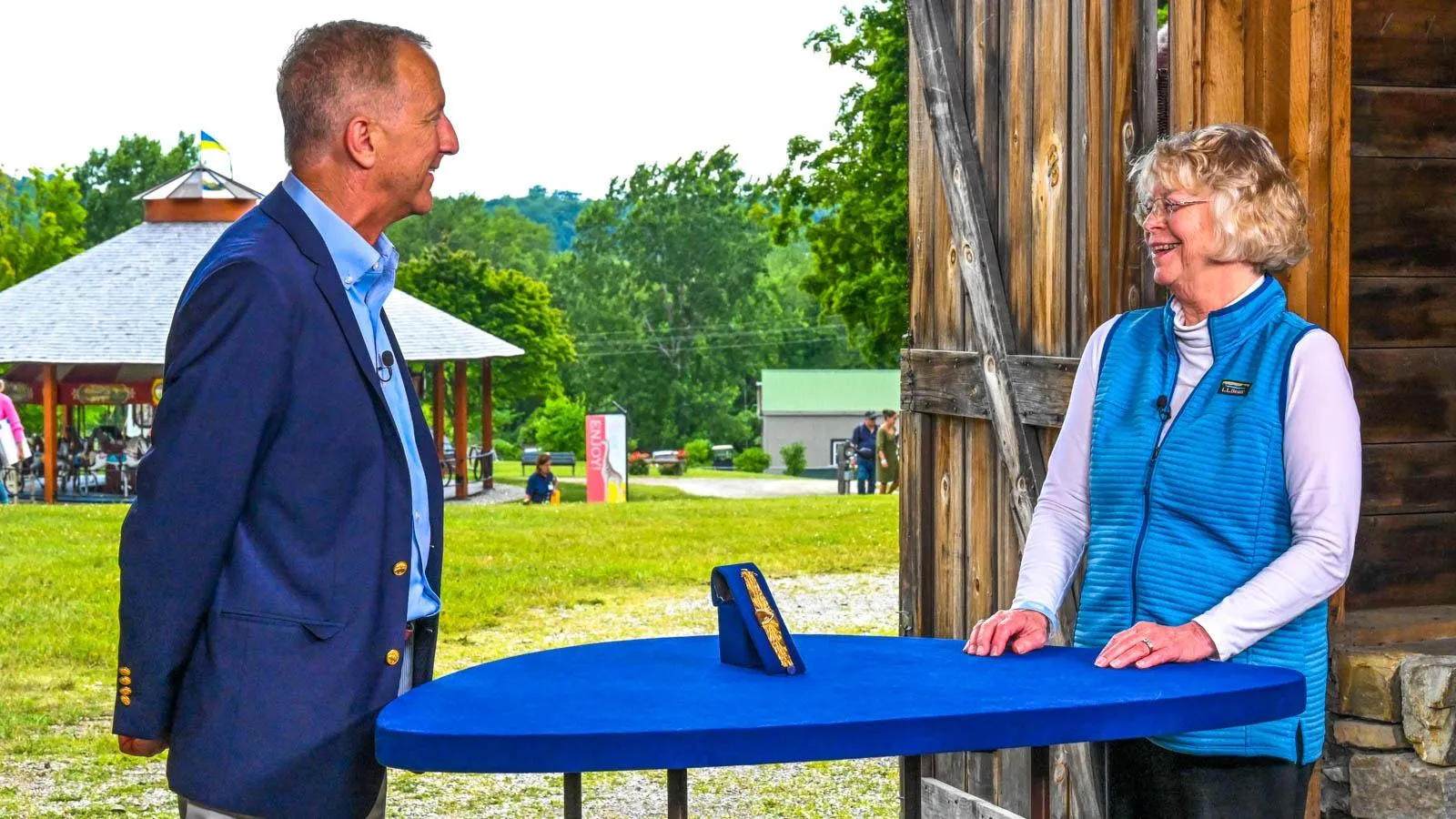1901 - 1904 N.C. Wyeth Letters
GUEST: I brought a notebook that's full of letters from the Wyeths. A lot of them are from N.C. Wyeth, some are from other members of the family, mostly to my aunt. Some, um, to my family, that my, I'm... My father's family were, they were all cousins of the Wyeths.
APPRAISER: So they're a collection of family letters...
GUEST: Yeah.
APPRAISER: ...that you think your, your aunt put together...
GUEST: Yeah.
APPRAISER: ...that she received, and we're talking about N.C. Wyeth.
GUEST: Yeah.
APPRAISER: Newell Convers Wyeth.
GUEST: Exactly.
APPRAISER: The very important illustrator and painter.
GUEST: Mm-hmm, mm-hmm.
APPRAISER: How did you happen to find this...
GUEST: (chuckles)
APPRAISER: ...volume of, of correspondence?
GUEST: So, after my aunt passed away, my mom got this big wooden trunk that was the original trunk that my grandfather came to Boston with. It was in our attic, filled with diaries and things like that. And my husband was cleaning things up and took a look in the trunk, and he found this.
APPRAISER: So before that, you had no idea that you were in possession of...
GUEST: No, I mean...
APPRAISER: ...of letters written by N. C. Wyeth.
GUEST: I heard stories from my family over the years. When I was really little, we would go and meet the, some of the other Wyeths for meals at restaurants. And I remember doing that, but I no, had no idea that I had these letters.
APPRAISER: Yeah, it's, it's a wonderful find.
GUEST: Yeah.
APPRAISER: And of course, this is why we live!
GUEST: That's right. (chuckles)
APPRAISER: What is the symbol of ANTIQUES ROADSHOW...
GUEST: (laughs): That's right.
APPRAISER: ...but a trunk containing treasure?
GUEST: That's right. (laughs): That's right, who knew?
APPRAISER: So, it's perfect. So have you spent any time reading the letters or digging into...
GUEST: I've, I've spent some time. I mean, there's some pretty cool ones in there. The first letter in there is when he was 11 years old, which is pretty, yeah.
APPRAISER: Which is amazing. He was born in Needham, Mass., in 1882. Yeah. He was lucky enough to be able to pursue his interest in art, and he was lucky enough to study with Howard Pyle...
GUEST: Mm-hmm.
APPRAISER: ...the great illustrator. But what's interesting is how Wyeth departed and had different ideas.
GUEST: Mm-hmm, mm-hmm.
APPRAISER: Letters are always interesting and valuable. They're unique if they're written by somebody important. What makes the value is the time period and the content. N.C. Wyeth, in 1903, got his first big commission.
GUEST: Ooh.
APPRAISER: He got a cover of a Saturday Evening Post, and he did a bucking bronco.
GUEST: Uh-huh.
APPRAISER: And there's a lot about horse riding in here.
GUEST: There is, yeah.
APPRAISER: Which is very interesting. But these letters are written just before and just at the time...
GUEST: Yeah.
APPRAISER: ...that he went out West, and his career just took off from there. But because we're talking at, there's a very interesting moment. The one I have open is from 1903. He's writing home about his experiences with Pyle. And in this letter, he talks about being an illustrator of the American story, and American art, and Pyle was an advocate for, "Be international."
GUEST: Yeah.
APPRAISER: "Be all over the place." And Wyeth states, at the ripe old age of, I think he's about 20, 21?
GUEST: Yeah, yeah.
APPRAISER: He states in this letter that he wants to be an American painter and that there is enough in America to keep him busy his entire career. There are nine letters in here, and drawings-- I'm going to show a drawing of a seated rider writing to his cousins, telling them about the perfect way to set up your saddle and the perfect seat. Which is, again, extraordinary.
GUEST: Yeah.
APPRAISER: There's a letter back here that I know you read that's about a special party.
GUEST: (chuckles): Yes, should I read that one?
APPRAISER: Do you want to... Do you remember what you, like...
GUEST: Yes. (chuckles) So that he wrote this really detailed letter about a special party they had for Pyle's, I think it was his 50th birthday, where they arranged that all the students would dress in costumes from some of the illustrations that Pyle had done.
APPRAISER: It's so dramatic.
GUEST: (laughs): Yes.
APPRAISER: And it's so dramatically told.
GUEST: Yes.
APPRAISER: And Wyeth is a writer, too.
GUEST: Yeah.
APPRAISER: Just to give a context of the date range...
GUEST: Mm-hmm.
APPRAISER: ...of the nine letters that you have in this collection, the earliest one is 1901, and they go up to 1904.
GUEST: Mm-hmm.
APPRAISER: Your letters, just the two I talked about, I would say would be at least $8,000 to $10,000.
GUEST: Wow, wow.
APPRAISER: There's an importance in keeping the whole thing together.
GUEST: Mm-hmm.
APPRAISER: Because you have an artifact. There are also letters of other family members.
GUEST: Mmm.
APPRAISER: It, it creates the context. If I were estimating it at auction, I would have to say $30,000 to $50,000.
GUEST: Wow.
APPRAISER: For the group. It's not unreasonable to insure it for $80,000.
GUEST: (gasps, chuckles) Okay, yeah. Yeah. All right, that's good to know. Yeah.
(both laugh)
APPRAISER: See? Call your agent.
GUEST: Yes!
(both laugh)

$30,000 Auction
$80,000 Insurance
Photos

Featured In

episode
Shelburne Museum, Hour 2
Visit the Green Mountain State for colorful finds. One is $50,000 to $125,000!
20th Century

appraisal

appraisal

appraisal
Understanding Our Appraisals
Placeholder






